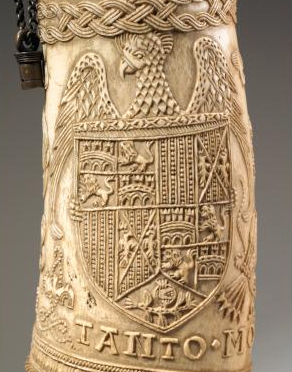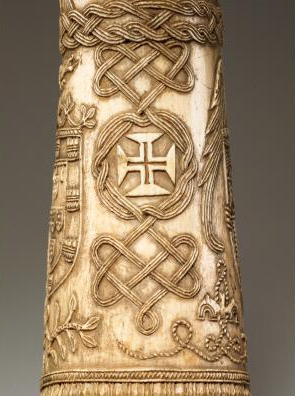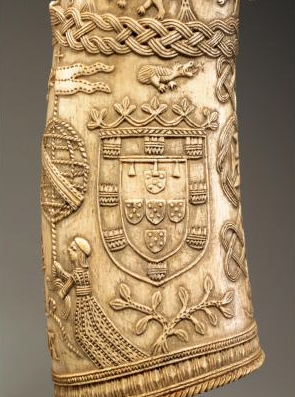All images I have of Africa was all from Hollywood movies and documentaries from Nat Geo or Discovery Channel. Africa have this stereotypes that it is a very poor country where only a small percentage of people who are wealthy. And who can not imagine Africa without the Blood Diamond conflict?
Plus, Madiba who was everybody favourite person in the world who proves that prison does not need to break a person.
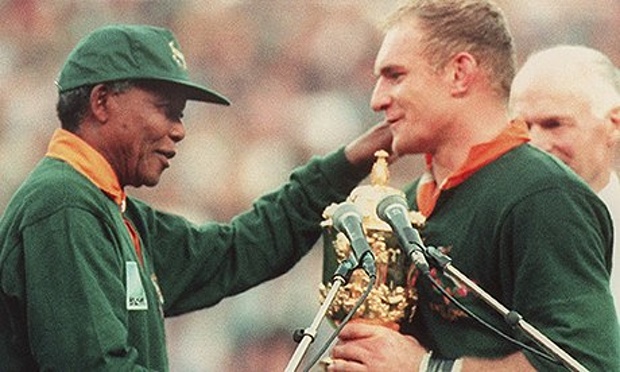
Pienaar receives the 1995 rugby World Cup from Mandela: ‘During those six weeks what happened was incredible.’ Photograph: Philip Littleton/AFP/Getty Images
And I also listen to music where some artists speaks about Africa, especially Sierra Leone. Kanye West have a song.
Plus, those naked tribesman from ‘The God Must Be Crazy’ and all those documentaries about the rich cultures of those tribesman are images I have in my head. I never knew that ivory was used to make amazing sculptures until I seen the slides! Currently, diamonds is being valued but back in the 16th century, ivory was a material that was used to create beautiful sculpture. It’s no wonder they call ivory as the ‘white gold’.
Obviously when the Portuguese came into shore to West Africa, they play a big influence on the Africa culture and this is evident in the ivories that they produce during this time.
Take a look at this for example.
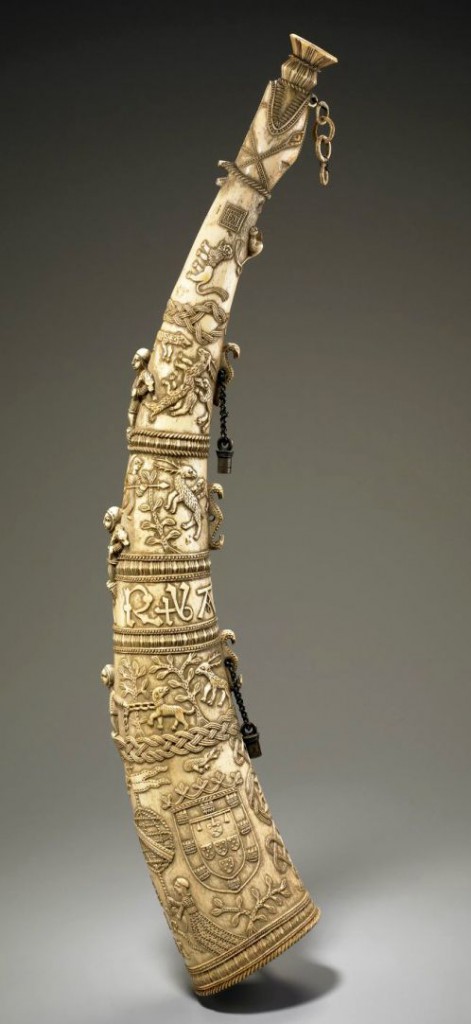
Oliphant
Sapi-Portuguese style
Sierra Leone, late 15th century
Ivory, metal
64.2 x 16.4 x 9cm
National Museum of African Art
This Oliphant or also known as side blow horns, is a good example that marries both Portuguese and African aesthetics. They are use for group hunting excursion in Europe.
A close up of this image we can see that the design is very intricate. The image below shows a close up and we can identify the cross which symbolises Christianity. Surrounded by intricate geometric patterns, its mimicking african textiles patterns. Actually, all the patterns of this Oliphant could be consider african aesthetics.
Here, there is an image of a badge which is the coat of arms of the Portuguese royal house. This clearly tells us that this must be a commission work by the royal family. We can also see a figure on the left wearing a very fanciful robe which might be of royal design. The figure is also seen wearing a hat covering his hair which could also symbolises importance status.
Here, it shows a hunt scene featuring many animals. I can identify stags, boars and many more that can be found in both Europe and Africa. These animals might represent Africa as a rich nature homes for these animals.
Again, here is a very large coat of arm surrounded by a bird, most probably a phoenix, which represent royal and also strength. This object must be an important object to the royal then. The phoenix is also carved out in a very african aesthetics unlike a western representation of a phoenix. 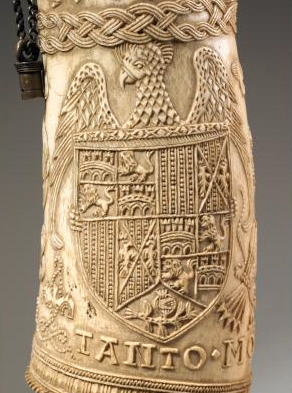
The craftsman who did this Oliphant clearly balances the portuguese and African influences in one design. The material itself already is a clear representation of Africa during the 16th Century. Ivory sculptures like this were usually sent to the Portuguese as gift from the locals and even for sale. The Portuguese sees ivory as a souvenir material as they don’t have plenty back in their home town.
My perception of Africa have clearly been one sided and this tells us the rich history that Africa have way back then during the time of colonisation.
